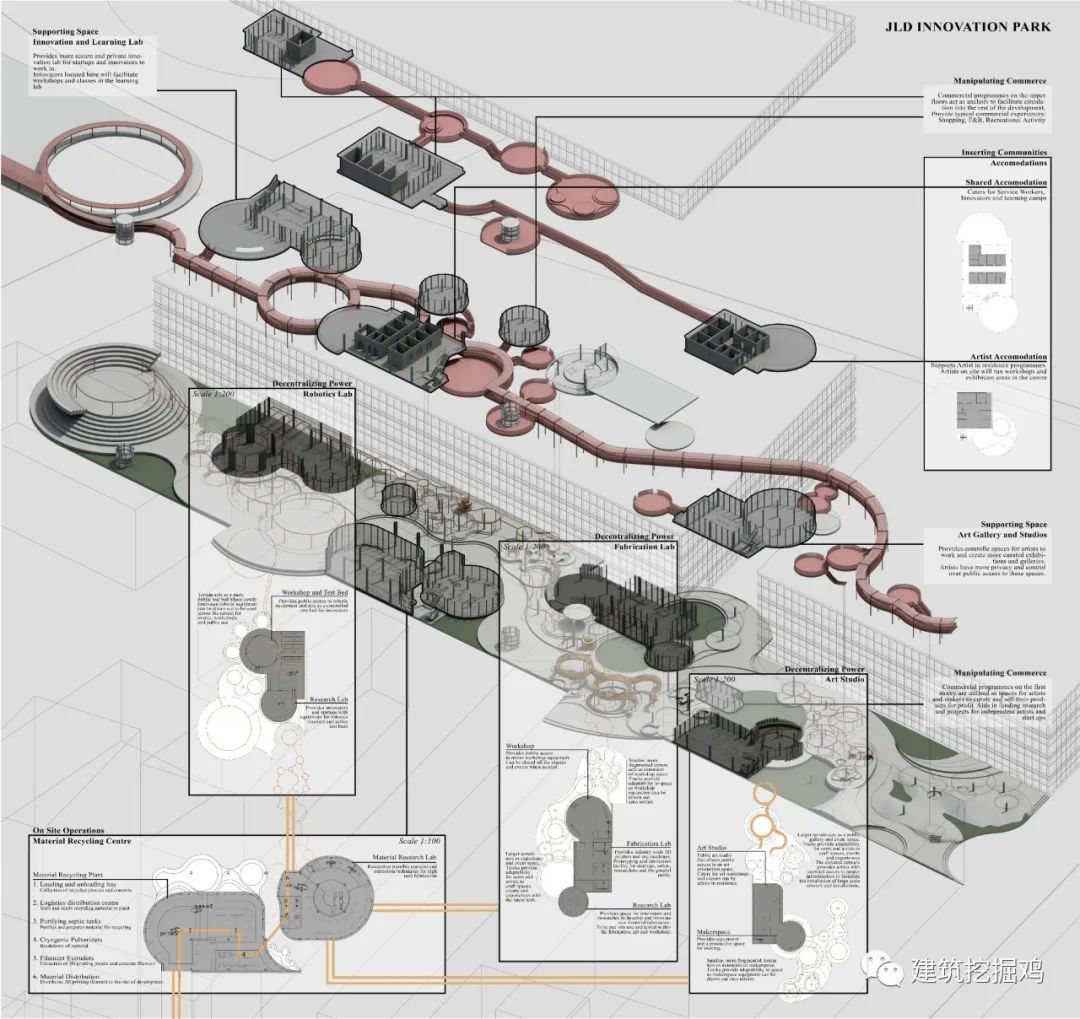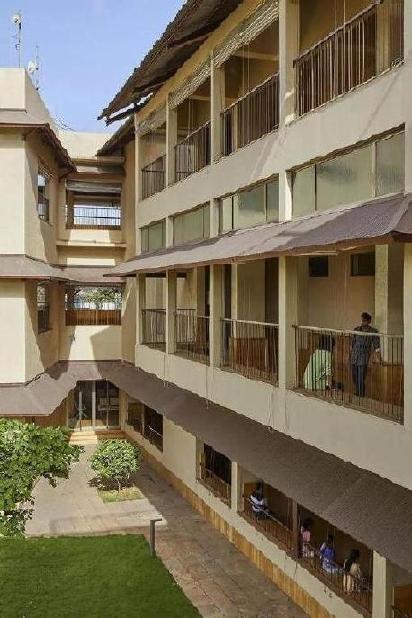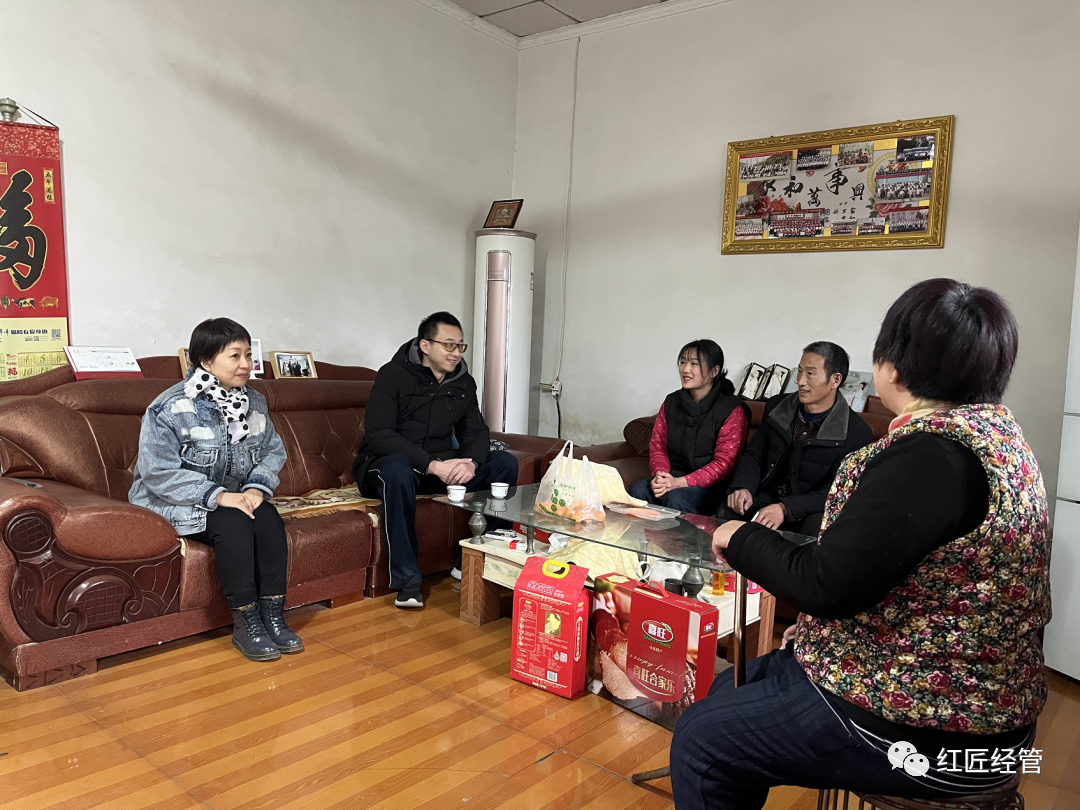Just as architecture has become a tool of power and control, the premise of this project is that architecture also has the ability of authorization and liberation.

It has made a more in-depth study of the inequality in the community of work permit holders, such as poor living conditions, identity degradation and social exclusion, in order to better reveal the power and control principles embedded in the building.
| Design exploration | Design intervention has two aspects.
The “JLD Innovation Park”, located in Jurong Lake District, explored strategies and mechanisms to challenge the power level speculated by the future CBD.
It is undeniable that the operation of a city needs production and consumption areas, but its transcendence into every aspect of the city is unnecessary, sometimes even counterproductive.
Tutor’s comments: whether intentional or unintentional, binding or enabling, power is embedded in the building in essence and mediated through the building.
There is a need to strike a balance between these areas and urban space, but it is still not enough to provide these spaces.
By redefining consumption, production, access to information and knowledge and user experience, the design hopes to stimulate and maintain the inclusive and happy quality of the citizen environment.

Although this alone is not enough to solve urban inequality, I believe that the development of this method and toolkit can become a gateway to an inclusive city, because it begins to present new conditions and participation, otherwise it will be limited and eliminated by the existing power structure, and it is the key to dilution, divergence and manipulation of power.
The next aspect is to develop a toolkit of design principles to dilute, disperse and manipulate the structure and power of neo-liberalism.

It will first form a reinterpretation of citizen space, and empower different groups working on and off the site through planning projects, innovative technologies and the participation of various stakeholders.
This paper represents a valuable criticism of the hegemonic relationship magnified by the neo-liberal system.
Architecture has become an accomplice to the institutionalization of Singapore’s hegemonic structure, resulting in social imbalance, spatial injustice and the division of the whole city.
end Recommended reading of the selected architectural works collection | The City of Anger – Infrastructure construction of informal settlements selected architectural works collection | The wonderful super library The Fabuloussuper-library selected architectural works collection | IZOLYATSIA Ukraine through art, craft and community renovation of Kiev wharf Click
.
Its space allows users to participate in or leave the activities in the building when they choose, which is the key feature of a truly inclusive and democratic civil space.

Get the background reply 0211 for the drawings, and you can get the 140 page pdf version of the complete works collection of the project.
It creates a series of conditions that may promote new participation, challenge the isolation and regulations embedded in the urban power structure, and establish new structures when activated, no matter how short.


Apply the design strategy tool package of diluting, dispersing and manipulating the power structure to realize the power liberation, while challenging the traditional one-way relationship between power supply and power “receiver”.

The project explored this assumption through a re-examination of the overall plan of Jurong Lake District, which is expected to become the second central business district of Singapore.



This paper aims to study how the development of new methods of urban space design can promote the creation of more inclusive and democratic space while maintaining or even improving its function and output.

Towards inclusive building: Shaun Matthias Sng, a tool box for power dilution, differentiation and manipulation, operates on a highly hierarchical and hierarchical structure, and promotes the accumulation of wealth and power at the top level through the development of human capital.
The goal should be to strive for the cohesion between the civil space and these regions, so that the civil space can serve as a buffer or breathing space, and the power structure will inevitably develop around these regions.

This article attempts to explore how to achieve this cohesion by implementing the design principles tool package.
The project of this paper studies how architecture is used as a product and a medium to maintain power and control and make full use of workers.


In this way, the nuances of the whole intervention measures are carefully designed, creating a series of conditions that may promote new participation, challenging the isolation and regulations embedded in the urban power structure | Research conclusions | Although it can be argued that architectural intervention may never be sufficient to mediate the power structure within the city, without appropriate space remedies, the resulting social injustice cannot be resolved, Because social structure is strengthened by space, just as space is constructed by society (Soja, 2010).




